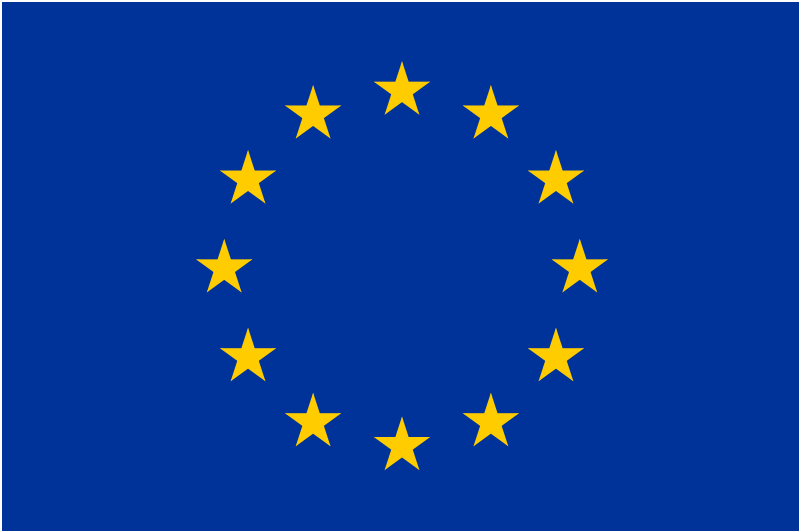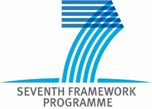News and Events
Oct 08 2014ImagineS at the RAQRS 2014
The most recents results of the ImagineS project were presented at the 4th Recent Advances in Quantitative Remote Sensing (RAQRS) international symposium that took place in Torrent, Spain, from 22nd to 26th September 2014.
As project coordinator, Roselyne Lacaze, from HYGEOS, explained how ImagineS supports the evolution of the Copernicus Global Land service. She focused her talk on the vegetation variables (leaf area index, fraction of radiation used for photosynthesis, fraction of vegetation cover) and albedo retrieved from the 333m resolution PROBA-V data. In ImagineS, the algorithm are set-up by INRA and Meteo-France, respectively, and the processing chains are developed by HYGEOS. Once the chains are qualified, they are delivered to VITO which runs the chains in the context of the Global Land service. The final objective is to perform the first production and dissemination in near real time of vegetation and albedo products at 333m resolution over the globe. Her presentation is here.
Fernando Camacho, from EOLAB, gave an overview of the validation activities performed in ImagineS. He presented the context of the work, the variables which are measured, the protocols applied to collect the ground data and to process them, and the network of sites where the measurements are acquired. He showed the results, a valuable database of ground measurement and of reference high resolution maps, and explained how they are exploited to assess the accuracy of the satellite-derived biophysical products. His presentation is here. More details on this activity were presented in 3 posters:
- Camacho et al: Characterization of vegetation parameters over the Rio Colorado basin in La Pampa (Argentina) with ground data and multi-scale satellite imagery. The poster is here.
- Latorre et al: Seasonal monitoring of FAPAR over the Barrax cropland site in Spain, in support of the validation of PROBA-V products at 333m. The poster is here.
- Sanchez et al: Consistency assessment of PROBA-V and SPOT-VEGETATION GEOV1 LAI, FAPAR and FCOVER products for the continuity of the Copernicus Global Land service. The poster is here.
Souhail Boussetta, from ECMWF, presented the results of the joint assimilation of the near real time LAI and Albedo into the ECMWF modelling system. He showed that the assimilation of satellite products enables to detect and monitor the extreme climate conditions and reduce the error in the estimate of near-surface air temperature and humidity. His presentation is here.
Fred Baret, from INRA, presented a comparison of performances of various angular information to retrieve the vegetation structural variables. His presentation is here. Marie Weiss, also from INRA, explained how the CEOS BELMANIP network of sites which is used for the validation of global biophysical products is being enhanced. Her presentation is here.
Jean-Christophe Calvet, from Meteo-France, showed how the LDAS achievements of ImagineS are used to perform the systematic cross-cutting validation of the Copernicus Global Land service. His presentation is here.
Helga Toth, from OMSZ, showed the results over Hungary of the assimilation of soil moisture and vegetation properties in the regional LDAS. Her poster is here.
François Waldner, from UCL, exhibited a poster about the synergies between the crop/landcover classification with the retrieval of biophysical variable and disaggregation of 300m FAPAR. His poster is here.
Back to Overview

